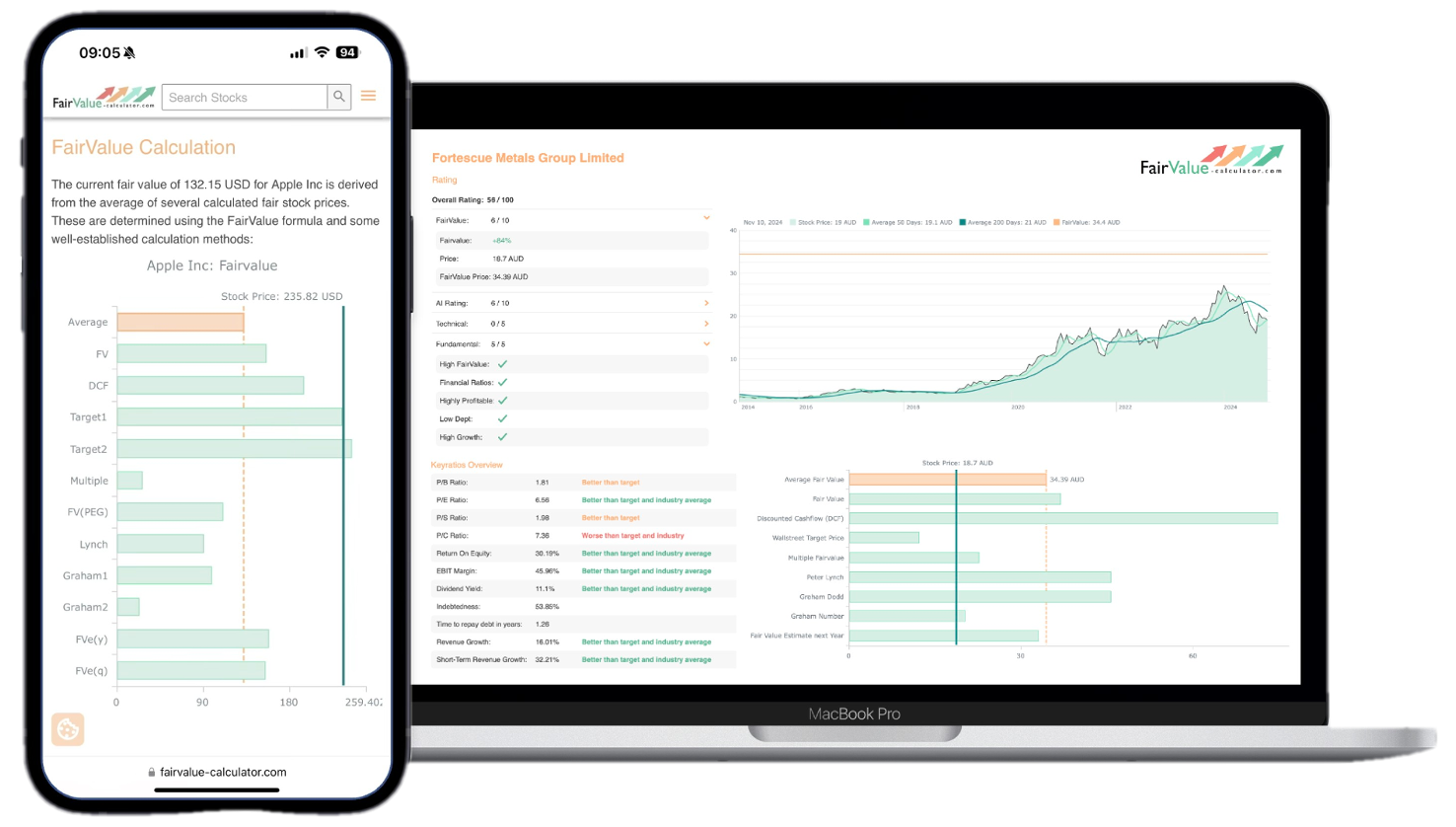Warren Buffett, often hailed as the “Oracle of Omaha,” is widely regarded as one of the most successful investors in history. His approach to investing has not only made him one of the wealthiest individuals in the world but has also inspired countless investors and business professionals. This article delves into Buffett’s investment philosophy and examines how it compares to his actual practices, offering insights into the mind of this legendary investor.
Early Life and Education
Born in 1930 in Omaha, Nebraska, Warren Buffett showed an early aptitude for business and investing. By the age of 10, he already possessed more knowledge about investing than the average American adult. His first stock purchase came at the tender age of 11, and by 15, he was already a businessman and property owner.
Buffett’s formal education in business and economics began at the University of Nebraska-Lincoln, where he earned his bachelor’s degree in business administration. He then pursued a master’s degree in economics from Columbia University, where he studied under Benjamin Graham, the father of value investing and author of seminal works such as “Security Analysis” and “The Intelligent Investor.”
The Birth of Buffett’s Investment Empire
After working for Benjamin Graham as an investment analyst, Buffett returned to Omaha with about $140,000 to start his own investment business. He began with Buffett Partnership Ltd. and gradually established several partnerships across different industries. His most crucial move came with the acquisition of Berkshire Hathaway, which would become the foundation of his vast investment empire.
Explore our most popular stock fair value calculators to find opportunities where the market price is lower than the true value.
- Peter Lynch Fair Value – Combines growth with valuation using the PEG ratio. A favorite among growth investors.
- Buffett Intrinsic Value Calculator – Based on Warren Buffett’s long-term DCF approach to determine business value.
- Buffett Fair Value Model – Simplified version of his logic with margin of safety baked in.
- Graham & Dodd Fair Value – Uses conservative earnings-based valuation from classic value investing theory.
- Intrinsic vs. Extrinsic Value – Learn the core difference between what a company’s really worth and what others pay.
- Intrinsic Value Calculator – A general tool to estimate the true value of a stock, based on earnings potential.
- Fama-French Model – For advanced users: Quantifies expected return using size, value and market risk.
- Discount Rate Calculator – Helps estimate the proper rate to use in any DCF-based valuation model.
Over the years, Buffett built Berkshire Hathaway into a holding company with investments in a diverse range of businesses, including GEICO, MidAmerican Energy Holdings, General Re, and significant stakes in American Express, Coca-Cola, and Wells Fargo, among others.
Warren Buffett’s Investment Philosophy
Buffett’s investment philosophy is rooted in the principles of value investing taught by Benjamin Graham but has evolved to incorporate his insights and experiences. Let’s explore the key tenets of Buffett’s investment philosophy:
💡 Discover Powerful Investing Tools
Stop guessing – start investing with confidence. Our Fair Value Stock Calculators help you uncover hidden value in stocks using time-tested methods like Discounted Cash Flow (DCF), Benjamin Graham’s valuation principles, Peter Lynch’s PEG ratio, and our own AI-powered Super Fair Value formula. Designed for clarity, speed, and precision, these tools turn complex valuation models into simple, actionable insights – even for beginners.
Learn More About the Tools →1. Economic Reality, Not Accounting Reality
Buffett emphasizes the importance of focusing on the economic reality of a business rather than its accounting reality. He argues that financial statements prepared according to Generally Accepted Accounting Principles (GAAP) may not always represent the true economic value of a company. This is particularly true when it comes to intangible assets such as trademarks, patents, customer relationships, and managerial expertise, which are often undervalued or not reflected in traditional accounting measures.
2. Intrinsic Value and Discounted Cash Flow (DCF)
At the core of Buffett’s investment approach is the concept of intrinsic value. He believes that the true value of a business is determined by its future cash flows, discounted back to its present value. This approach, known as Discounted Cash Flow (DCF) analysis, forms the foundation of his investment decisions. Buffett also considers factors such as taxes and incorporates a margin of safety in his calculations.
3. Opportunity Cost
Buffett evaluates investment opportunities not in isolation but in comparison to other available options. He uses the potential rate of return from alternative investments as a benchmark for performance. This approach ensures that capital is allocated to the most promising opportunities.
4. Risk-Free Approach
Unlike many investors who equate risk with volatility, Buffett takes a different stance on risk management. He prefers a risk-free investment approach, which includes:
- Minimal use of debt financing
- Preference for undervalued stocks rather than undervalued companies
- Long-term investment strategy
- Focus on businesses that can employ large amounts of capital at high rates of return
5. Selective Portfolio Diversification
While Buffett has investments across various industries, he doesn’t advocate for broad diversification. Instead, he believes in concentrating investments in businesses that the investor understands well. He argues that diversification is only necessary for those who cannot devote time to thoroughly research and understand specific businesses.
6. Performance Measurement Based on Intrinsic Value
Consistent with his focus on economic reality, Buffett measures performance based on changes in intrinsic value rather than book value or short-term stock price movements.
7. Long-Term Investment Strategy
Buffett famously said, “Our favorite holding period is forever.” He views stock investments as ownership in businesses rather than tradable pieces of paper. This perspective leads him to favor a rational, long-term investment approach over short-term trading strategies.
8. Corporate Governance and Alignment of Interests
Buffett places great importance on strong corporate governance and the alignment of interests between management and shareholders. In Berkshire Hathaway and its subsidiaries, many senior managers and directors are also shareholders, ensuring their interests are aligned with those of other investors.
Comparing Buffett’s Philosophy with Finance Theory
Buffett’s investment philosophy both aligns with and diverges from traditional finance theory in several key areas:
Similarities
- Economic Value Added (EVA): Buffett’s focus on economic reality aligns with the concept of Economic Value Added in finance theory.
- Intrinsic Value: Both Buffett and finance theory emphasize the importance of determining a company’s intrinsic value.
- Fundamental Analysis: Buffett’s approach to analyzing businesses is consistent with the principles of fundamental analysis in finance.
- Agency Theory: Buffett’s emphasis on aligning management and shareholder interests is in line with agency theory in corporate finance.
Differences
- Risk Assessment: While finance theory uses concepts like the Capital Asset Pricing Model (CAPM) and incorporates risk premiums in the Weighted Average Cost of Capital (WACC), Buffett prefers a risk-free discount rate in his valuation models.
- Market Efficiency: Buffett’s strategy of identifying undervalued companies contradicts the Efficient Market Hypothesis (EMH), which suggests that all available information is already reflected in stock prices.
- Diversification: While modern portfolio theory emphasizes broad diversification to reduce risk, Buffett advocates for concentrated investments in well-understood businesses.
Buffett’s Philosophy in Practice: The GEICO Acquisition
To understand how Buffett’s investment philosophy translates into practice, let’s examine one of his significant acquisitions: the purchase of GEICO in 1995.
Background
GEICO (Government Employees Insurance Company) had a tumultuous history, experiencing both highs and lows. After nearly facing bankruptcy in the 1970s, the company was revitalized under new management in the 1980s and 1990s.
The Acquisition
In August 1995, Berkshire Hathaway announced the acquisition of 49.6% of GEICO for $2.3 billion, or $70 per share. This price represented a 25.6% premium over GEICO’s stock market price of $55.75 at the time.
Valuation Analysis
Professor Joseph Calandro’s analysis of the GEICO acquisition provides insights into how Buffett might have valued the company:
- Net Asset Value (NAV): The NAV was calculated at $44.15 per share, well below both the market price and Buffett’s acquisition price.
- Earnings Power Value (EPV): The EPV was estimated at $69.00 per share, very close to Buffett’s purchase price.
- Growth Value (GV): The GV was calculated at $106.55 per share, significantly higher than the acquisition price.
This analysis suggests that Buffett saw substantial growth potential in GEICO, justifying the premium he paid over the market price.
Reconciling Philosophy and Practice
The GEICO acquisition raises some interesting questions about how Buffett’s investment philosophy aligns with his practices:
- Margin of Safety: Paying a premium over the market price seems to contradict Buffett’s principle of maintaining a margin of safety. However, if Buffett’s estimate of GEICO’s intrinsic value was closer to or higher than the Growth Value of $106.55 per share, the $70 purchase price would still provide a significant margin of safety.
- Risk Assessment: The acquisition relied heavily on future growth projections, which could be seen as risky. This appears to diverge from Buffett’s risk-free approach. However, Buffett’s deep understanding of the insurance industry and GEICO’s business model may have mitigated this risk in his eyes.
- Long-Term Perspective: The acquisition aligns with Buffett’s long-term investment strategy. His familiarity with GEICO (having followed the company for decades) and belief in its future potential reflect his preference for investing in businesses he understands well.
- Intangible Assets: Buffett’s willingness to pay a premium might reflect his valuation of GEICO’s intangible assets, such as its brand and market position, which aligns with his philosophy of looking beyond accounting numbers.
Warren Buffett’s investment philosophy, rooted in value investing principles but shaped by his unique insights and experiences, has proven remarkably successful over the decades. While his actual practices sometimes appear to deviate from his stated principles, a closer examination often reveals a deeper alignment with his core philosophy.
The GEICO acquisition demonstrates that Buffett’s approach is more nuanced and flexible than a rigid set of rules. It shows his willingness to pay a premium for a business with strong growth potential and valuable intangible assets, provided he has a deep understanding of the company and industry.
However, it’s important to note that the full details of Buffett’s valuation methods remain private. The apparent discrepancies between his philosophy and practices might be reconciled by sophisticated valuation techniques that are not fully disclosed to the public.
For investors and researchers, Buffett’s approach offers valuable lessons:
- Focus on the economic reality of businesses, not just accounting numbers.
- Develop a deep understanding of the industries and companies you invest in.
- Take a long-term perspective and be patient.
- Consider the value of intangible assets and growth potential.
- Maintain flexibility in applying investment principles to specific situations.
While Buffett’s success is undeniable, it’s crucial to remember that his approach requires extensive knowledge, experience, and a unique set of skills. Investors should study Buffett’s principles but also develop their strategies tailored to their capabilities and circumstances.
As the field of value investing continues to evolve, further research into Buffett’s methods and the application of his principles in various market conditions will undoubtedly yield valuable insights for both practitioners and academics in the world of finance and investment.






